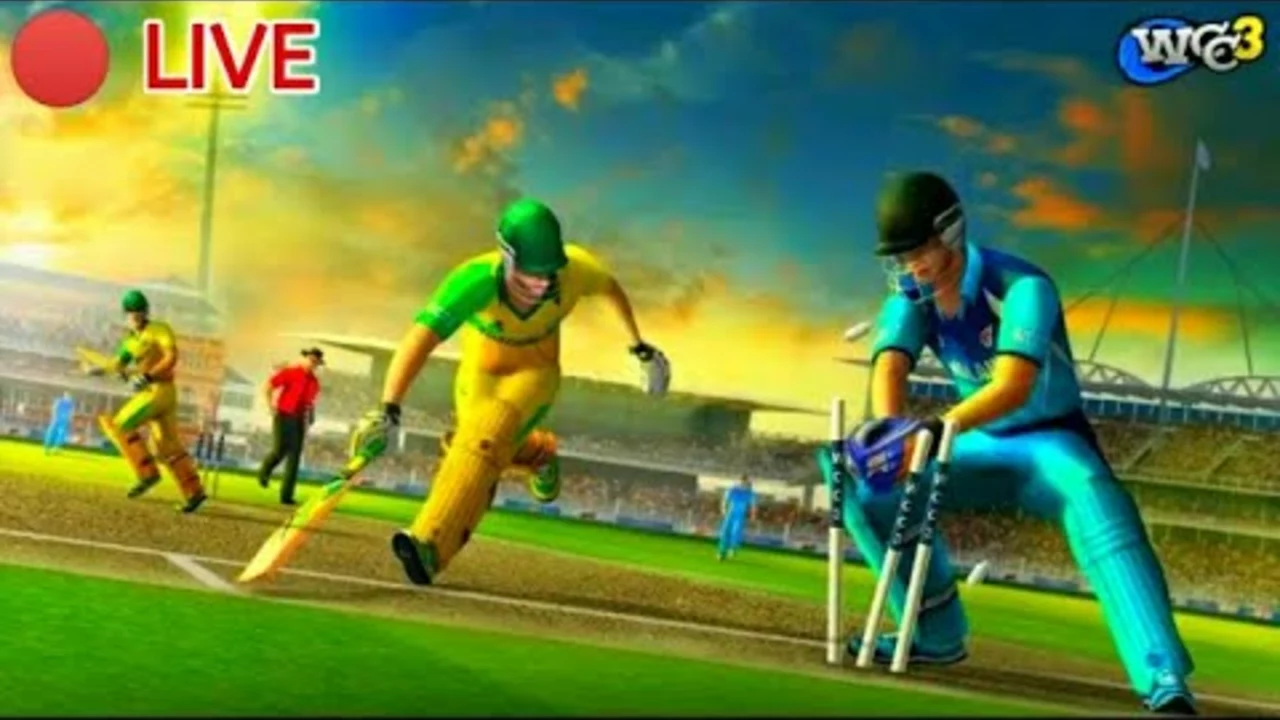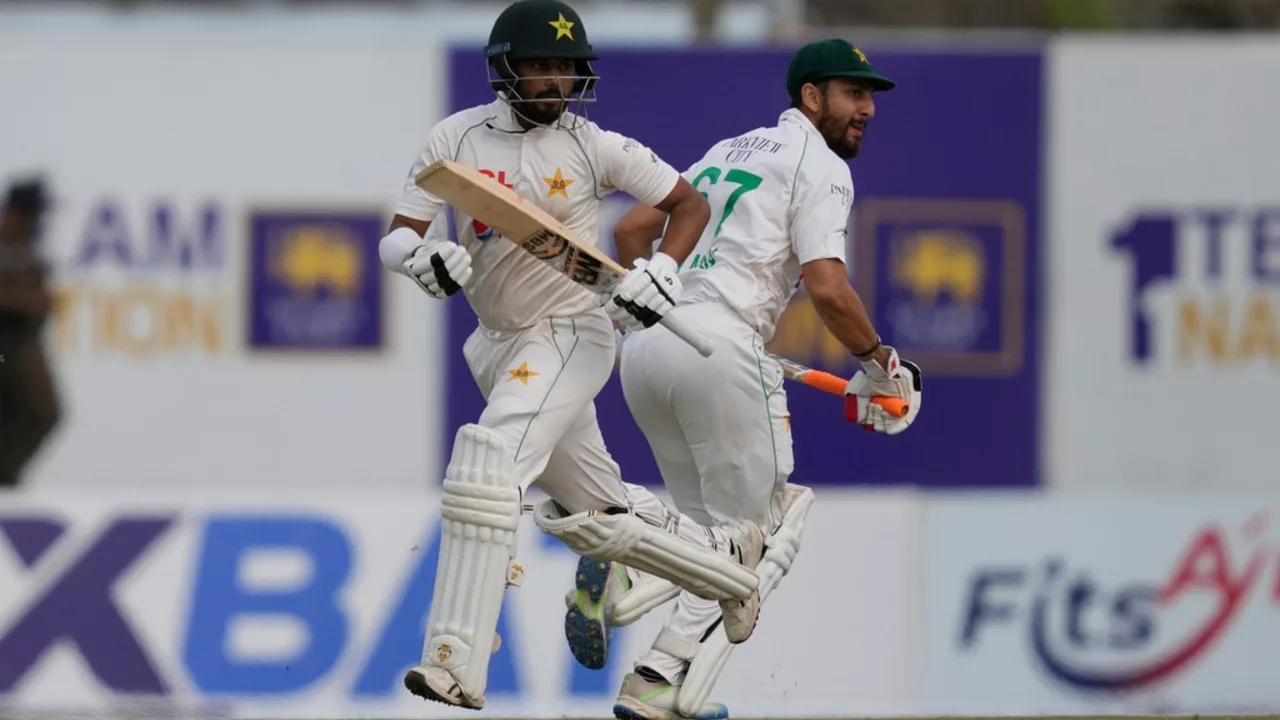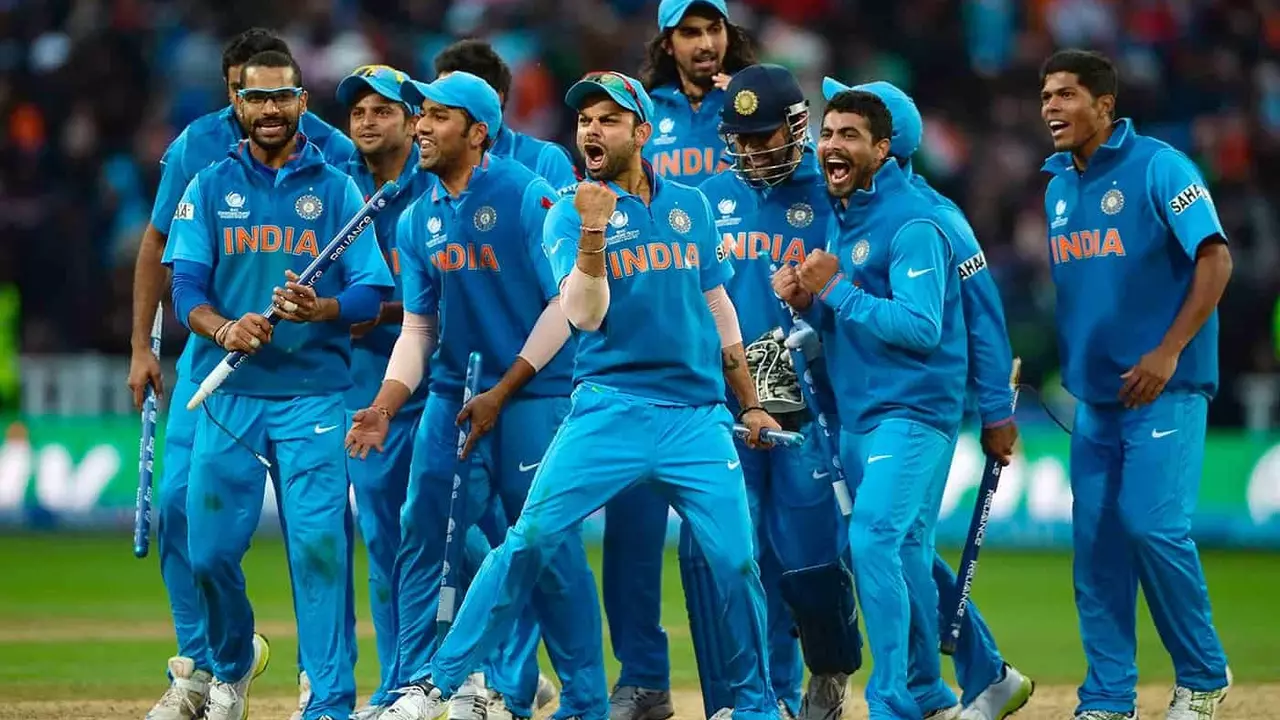July 2023 Cricket Archive: Deals, Games, History and Pitch Insights
Welcome to the July 2023 roundup from Cricket Cup Central. We’ve gathered the most useful posts you missed last month, from money‑saving mobile plans to the story behind India’s first cricket team. Grab a coffee and get the quick take on each piece.
Hot Deals and Gaming Picks
If you’re hunting for a better phone plan, the "Top 10 Offers of Cricket Wireless" post breaks down the biggest discounts, unlimited data bundles and family plans that feel like a six on the last ball. It highlights cash‑back promos, free accessories and reward points that turn a routine bill into a bonus.
Mobile gamers will love the "Best cricket game for iPhone" review. The author tested several titles and crowned Real Cricket 20 as the most realistic and fun. The game shines with crisp graphics, smooth controls and live multiplayer, so you can challenge friends or strangers any time you’re on the move.
Legends, Origins and Ground Tricks
Ever wondered who Roy Dias is? The July post gives a brief biography: a stylish right‑hander for Sri Lanka in the 80s, later a coach who helped shape upcoming talent. It’s a quick read that shows why Dias is still respected in the cricket community.
History buffs get a concise story of how India’s first cricket team came together. The piece traces the 1926 founding of the BCCI, the push for international recognition, and the debut Test against England in 1932. It explains how selectors pulled talent from across the subcontinent, setting the stage for today’s golden era.
Finally, the "Why there are three or more pitches in each cricket ground?" article clears up a common mystery. Multiple pitches let groundsmen rotate wear, keep the surface fresh and provide a backup if a pitch gets damaged. It’s a practical setup that adds variety to matches without over‑taxing a single strip.
All these posts share one thing: they give real‑world details you can use right now. Whether you’re saving on a phone bill, picking a game to download, learning about cricket legends, digging into the sport’s roots, or understanding ground logistics, the July archive has something for you.
Need to revisit any post? Just head back to the archive list and click the headline that matches your interest. We keep the content fresh, so check back each month for more tips, stories, and inside looks at the game we love.
Got a question or a topic you’d like us to cover next? Drop a comment or send us a note. Your feedback drives the next round of posts, and we love hearing what fans are curious about.
Stay tuned, stay informed, and enjoy the rest of your cricket journey with Cricket Cup Central.
Which is the best cricket game for iPhone?
As a keen gamer and cricket enthusiast, I've tried many cricket games on my iPhone. If I had to pick one, I must say 'Real Cricket 20' tops my list. Its realistic graphics, smooth gameplay, and the wide range of tournaments make it the most engaging cricket game. You can even play multiplayer in real-time with friends or other fans globally. So, if you're looking for the best cricket gaming experience on your iPhone, 'Real Cricket 20' should be your go-to.
Details +Who is Roy Dias, the Sri Lankan cricketer?
Roy Dias is a former Sri Lankan cricketer who played for the national team during the 1980s. He was a right-handed batsman and a part-time off-spinner. Dias was known for his stylish and elegant batting, and he was a key player in establishing Sri Lanka's place in international cricket. After his playing career, he continued to contribute to cricket through coaching at both the domestic and international levels. His life is a testament to his commitment and passion for the sport.
Details +How was the first cricket team of India was formed?
The formation of India's first cricket team is an interesting historical journey. It all started back in 1926, when the Board of Control for Cricket in India (BCCI) was established, marking the beginning of a formal cricketing structure in the country. The BCCI then worked towards getting international recognition, which led to India playing its debut test match in 1932 against England. The team was a mix of talented players from different regions of India, handpicked by the selectors. It was indeed a significant milestone that paved the way for India's rich cricketing legacy.
Details +Why there are three or more pitches in each Cricket ground?
In my latest blog post, I delved into the intriguing question of why there are three or more pitches in each cricket ground. It turns out, each pitch offers a different playing experience based on the wear and tear it undergoes, thus allowing diversity in the game. It also enables groundsmen to prepare and maintain pitches efficiently without overusing a single pitch. Moreover, multiple pitches ensure there's always a backup available in case of unexpected damage. So, the multi-pitch setup isn't just a random design choice, but a strategic move to enhance the dynamics of the game.
Details +


